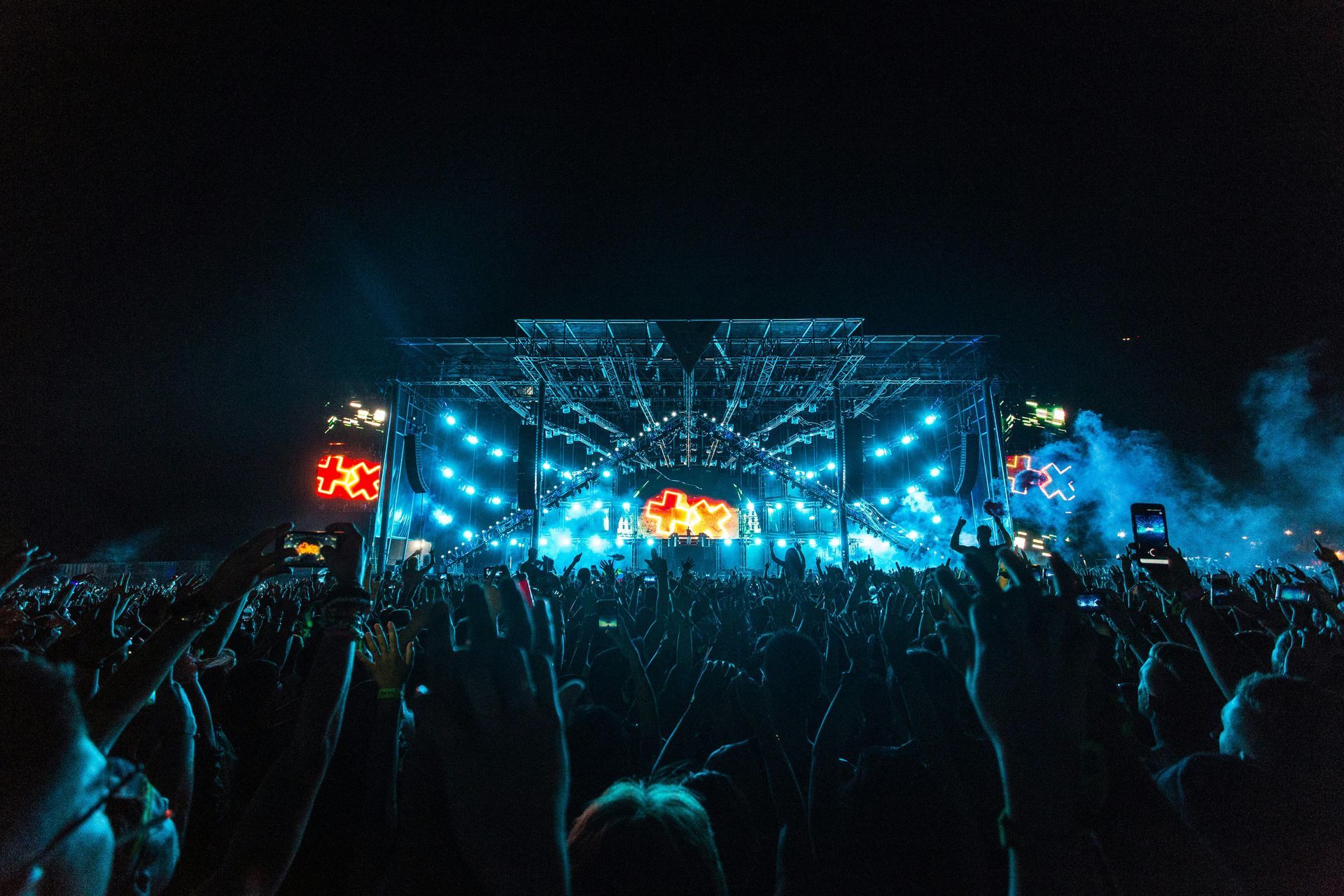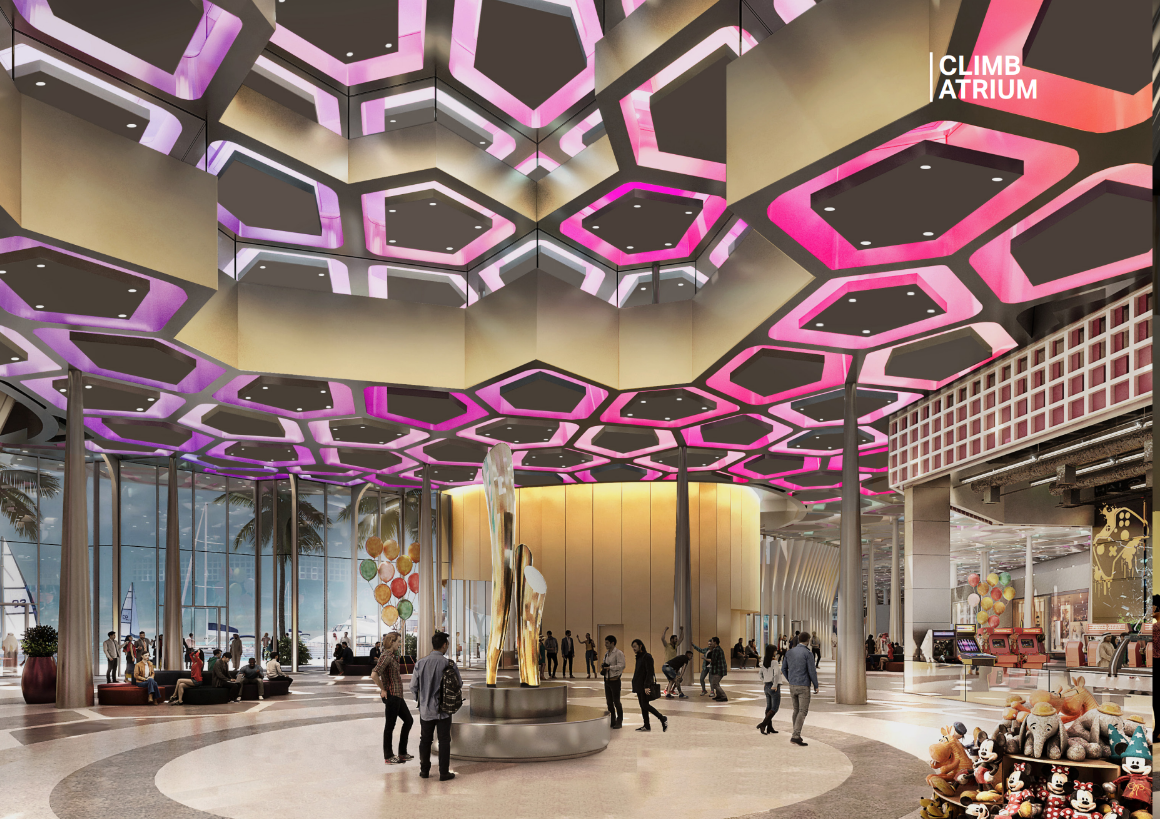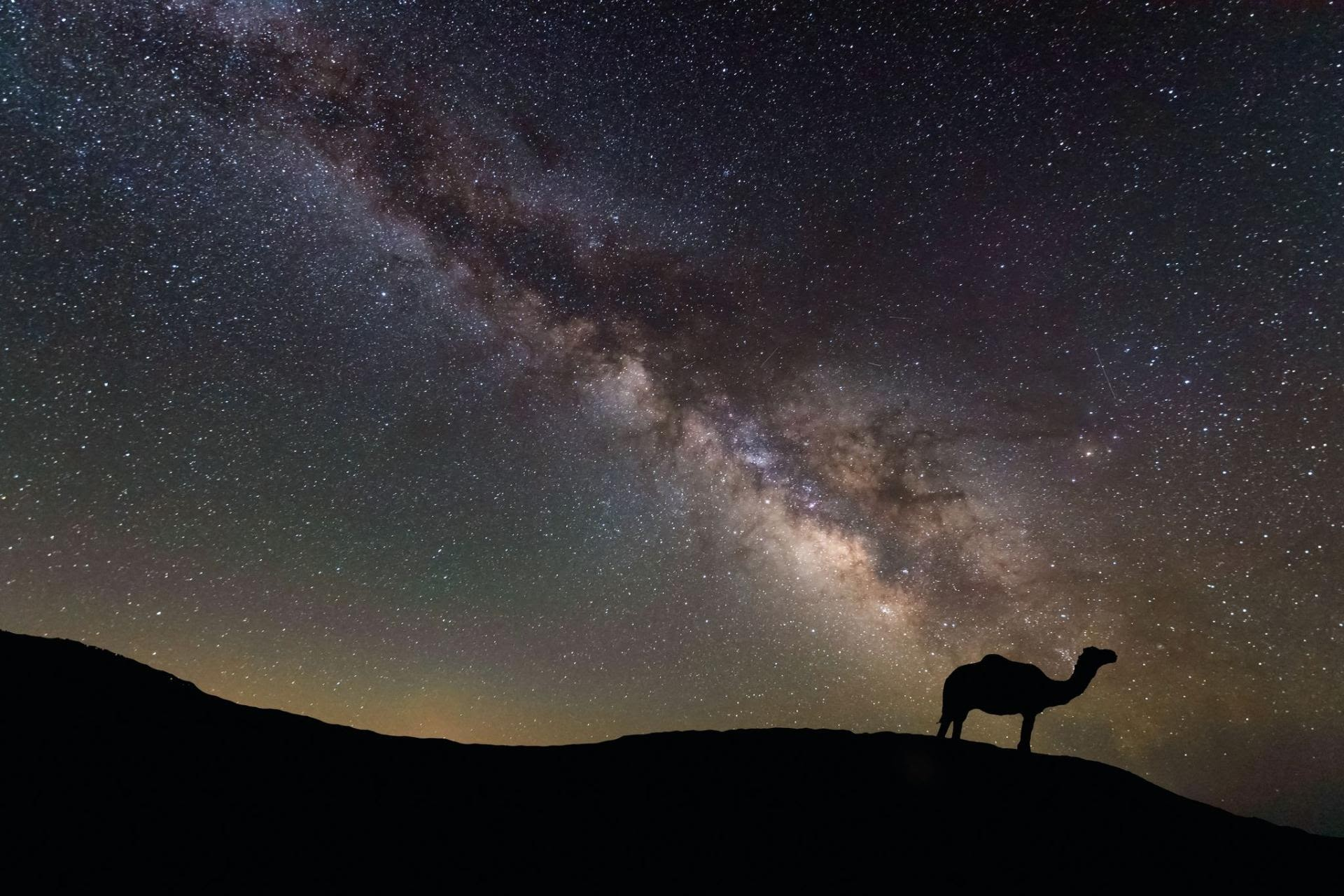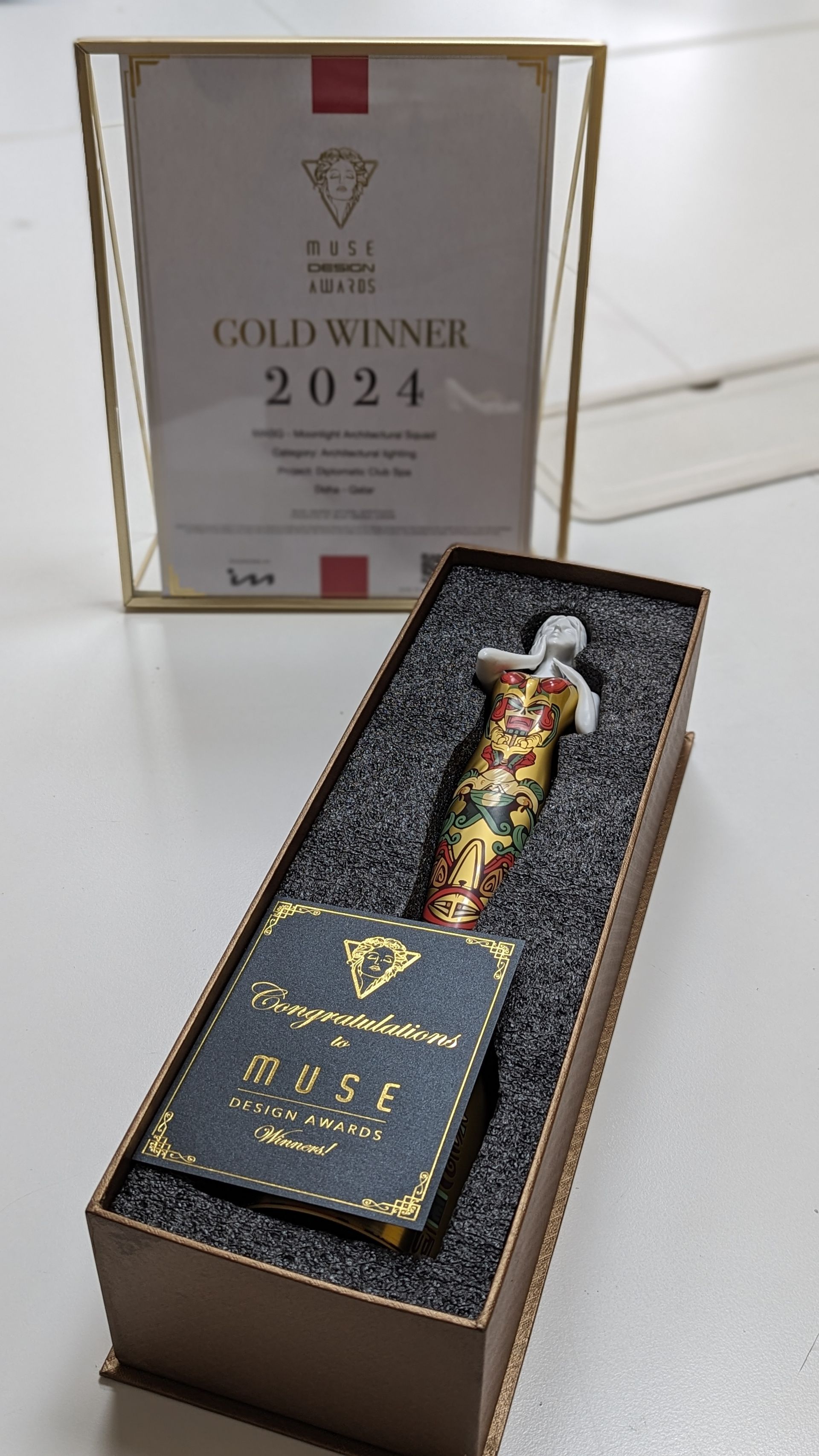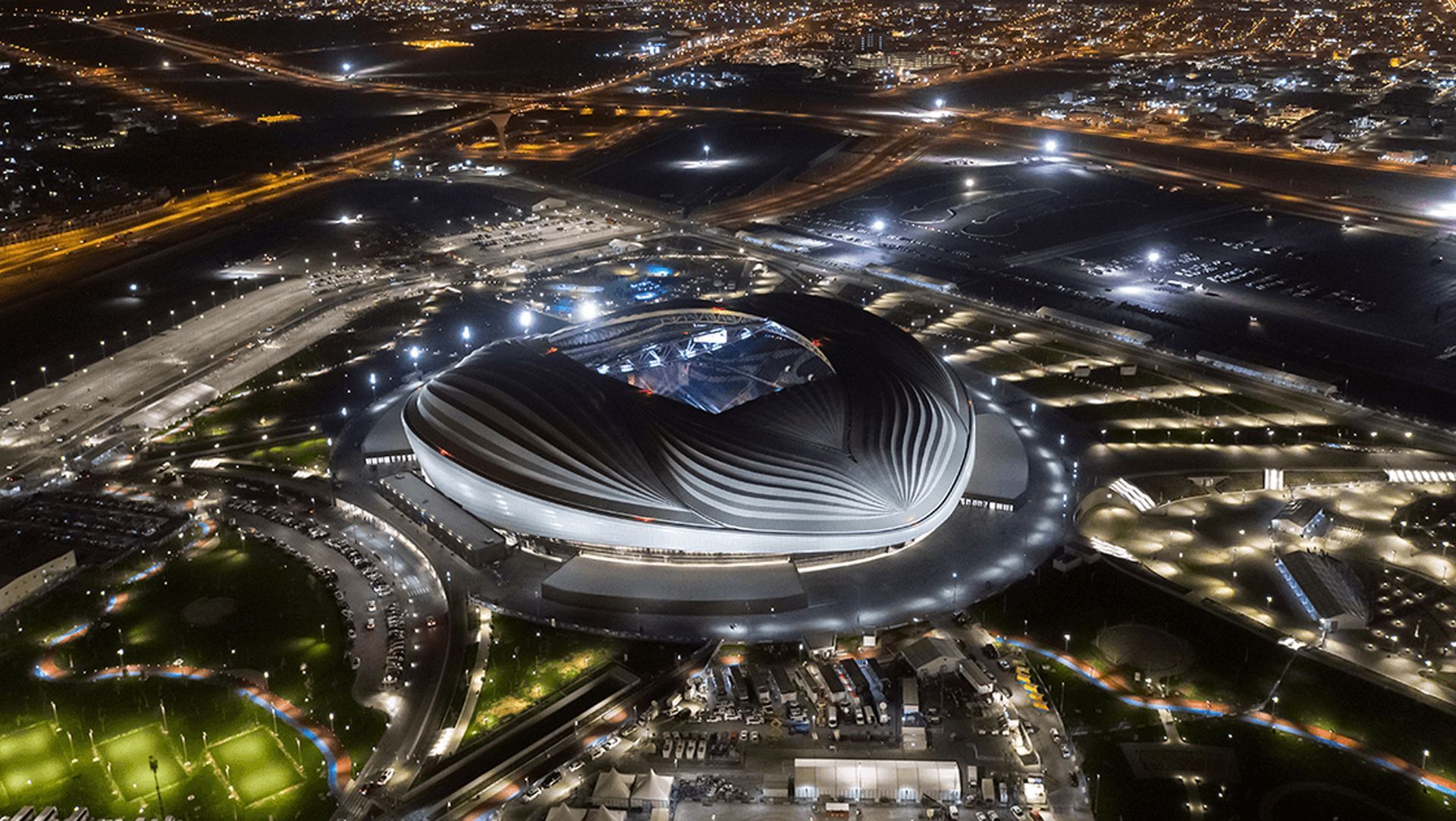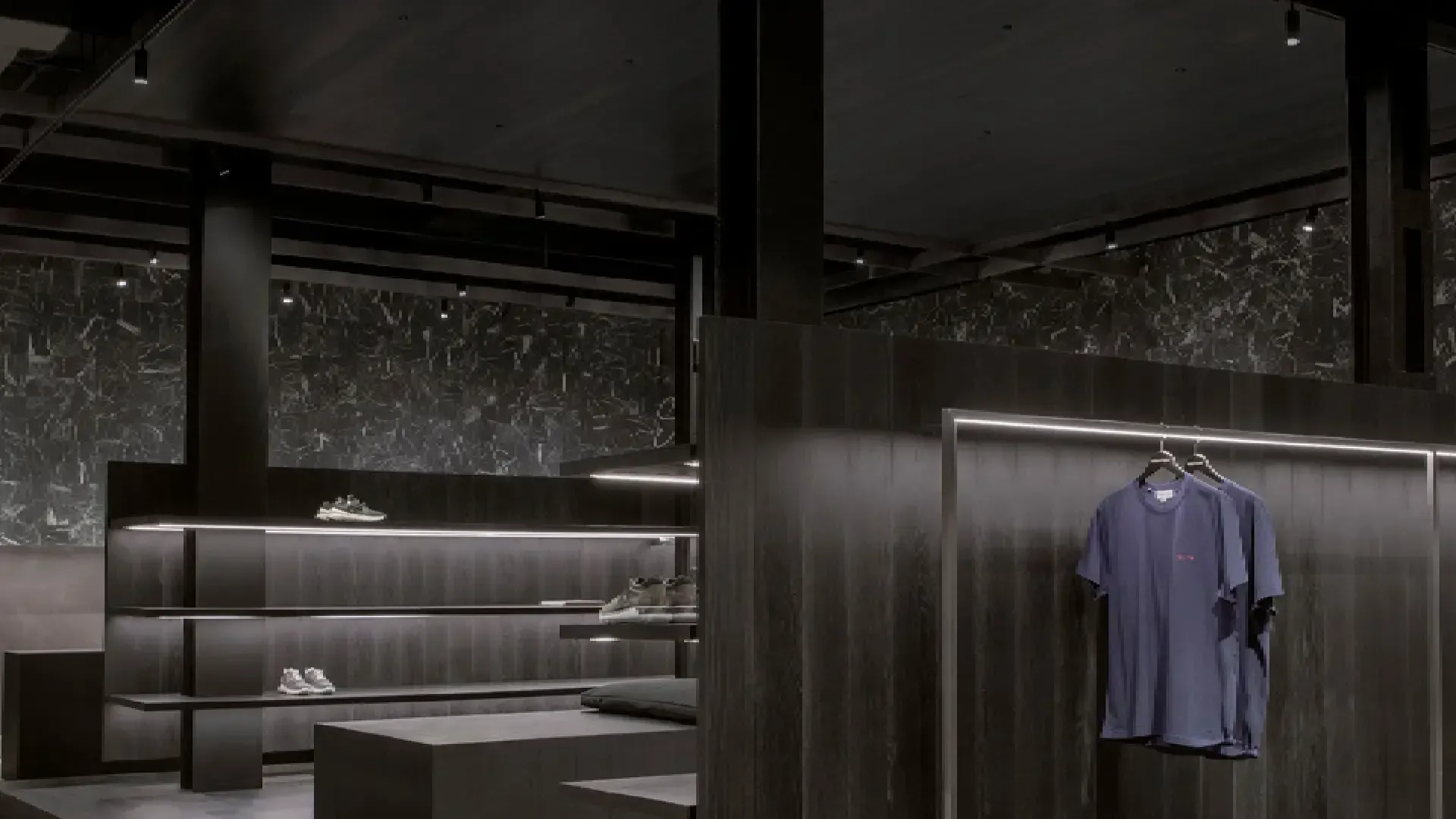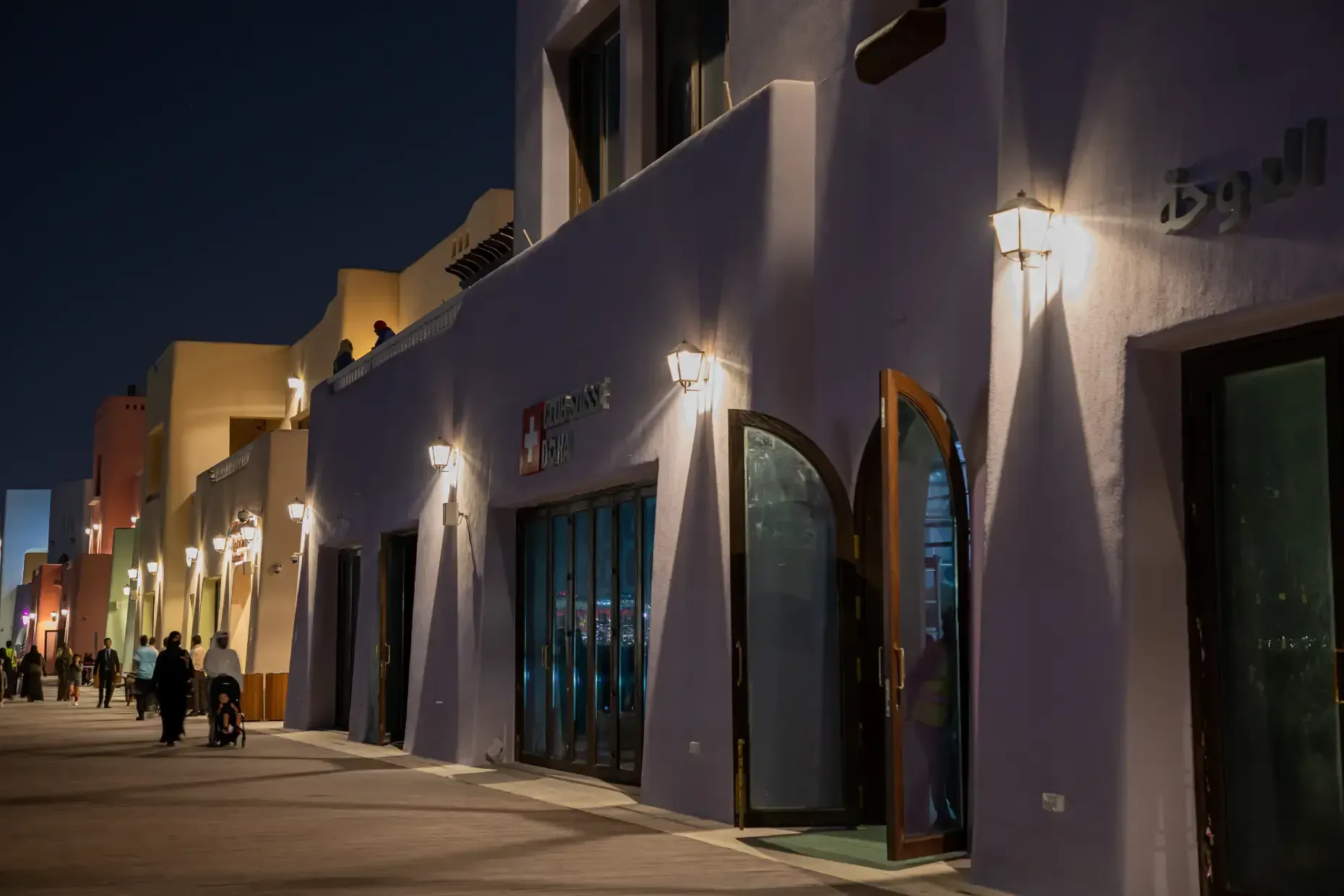2025 Lighting Design Trends and Predictions
2025 Lighting Design Trends and Predictions
As we move further into 2025, lighting design is entering a transformative era. Combining cutting-edge technology, sustainability, and human-centric innovation, this year’s trends promise to redefine the role of lighting in our lives. From AI-driven personalization to immersive installations, lighting is evolving beyond illumination to create experiences, foster well-being, and inspire creativity.
Here’s a look at the top lighting design trends set to shape 2025.
1. AI-Driven Smart Lighting
2025 is poised to take smart lighting to the next level with the integration of advanced AI algorithms. These systems will go beyond simple automation, learning from real-time feedback to adjust brightness, color temperature, and even patterns based on individual preferences. Imagine lighting that adapts dynamically—brightening as you read, dimming as you unwind, or subtly shifting hues during a dinner party. With occupancy tracking and predictive learning, AI-driven lighting will make spaces more personalized, efficient, and seamless than ever before.
2. Invisible and Minimalist Lighting
Minimalism continues to inspire innovation, with lighting fixtures that integrate seamlessly into architectural designs. Invisible lighting, such as recessed LED strips and fixtures hidden in walls, floors, and ceilings, is gaining popularity. In 2025, expect spaces where light seems to emanate organically from surfaces, creating clean lines and uncluttered aesthetics. This trend is perfect for modern and minimalist interiors, where the absence of visible fixtures enhances the purity of design.
3. The Rise of Micro-LED and OLED Technologies
Micro-LED and OLED technologies are set to revolutionize lighting with their ultra-thin, flexible, and energy-efficient designs. These innovations allow for entire walls or panels to glow softly, display customizable patterns, or shift dynamically in color and intensity. In 2025, designers will embrace these technologies to blur the line between lighting, art, and digital display. Imagine rooms bathed in light that responds to mood or displays mesmerizing patterns—offering both practicality and artistic expression.
4. Greater Emphasis on Health and Wellness
While circadian lighting has been a game-changer, 2025 will push wellness-focused lighting even further. Expect lighting systems that fine-tune spectral output to reduce blue light exposure in the evening or modulate intensity for individuals with visual sensitivities or conditions like seasonal affective disorder. Hospitals, schools, and eldercare facilities will likely lead this trend, harnessing lighting’s therapeutic potential to improve mental and physical well-being.
5. Bio-Based and Circular Materials
Sustainability will remain a driving force in 2025. Lighting manufacturers are increasingly turning to bio-based plastics, natural fibers, and closed-loop recycling systems to create eco-friendly fixtures. These designs focus on repairability, disassembly, and recycling, ensuring that every component treads lightly on the planet. Paired with energy-efficient technologies, sustainable lighting solutions are expected to shift from niche offerings to industry standards
6. Interactive and Experiential Lighting Installations
2025 will see lighting transform into a medium for storytelling and interactive experiences. Designers are creating immersive environments where light responds to human movement, turning public spaces, retail stores, and hospitality venues into sensory playgrounds. From LED sculptures to augmented reality installations, lighting will be used to craft unforgettable, story-driven moments that engage and inspire. This trend will play a central role in branding and experiential marketing, offering audiences a chance to connect with light in entirely new ways.
Illuminating the Future
2025’s lighting trends highlight a convergence of advanced technology, sustainability, and human-centric design. As lighting continues to evolve into a tool for personal comfort, architectural expression, and interactive art, its role in shaping spaces will only grow more profound. The future of lighting design is here, and it’s bright—both literally and figuratively. Stay tuned as we explore how these trends unfold throughout the year, bringing innovation and inspiration to the forefront of the lighting industry
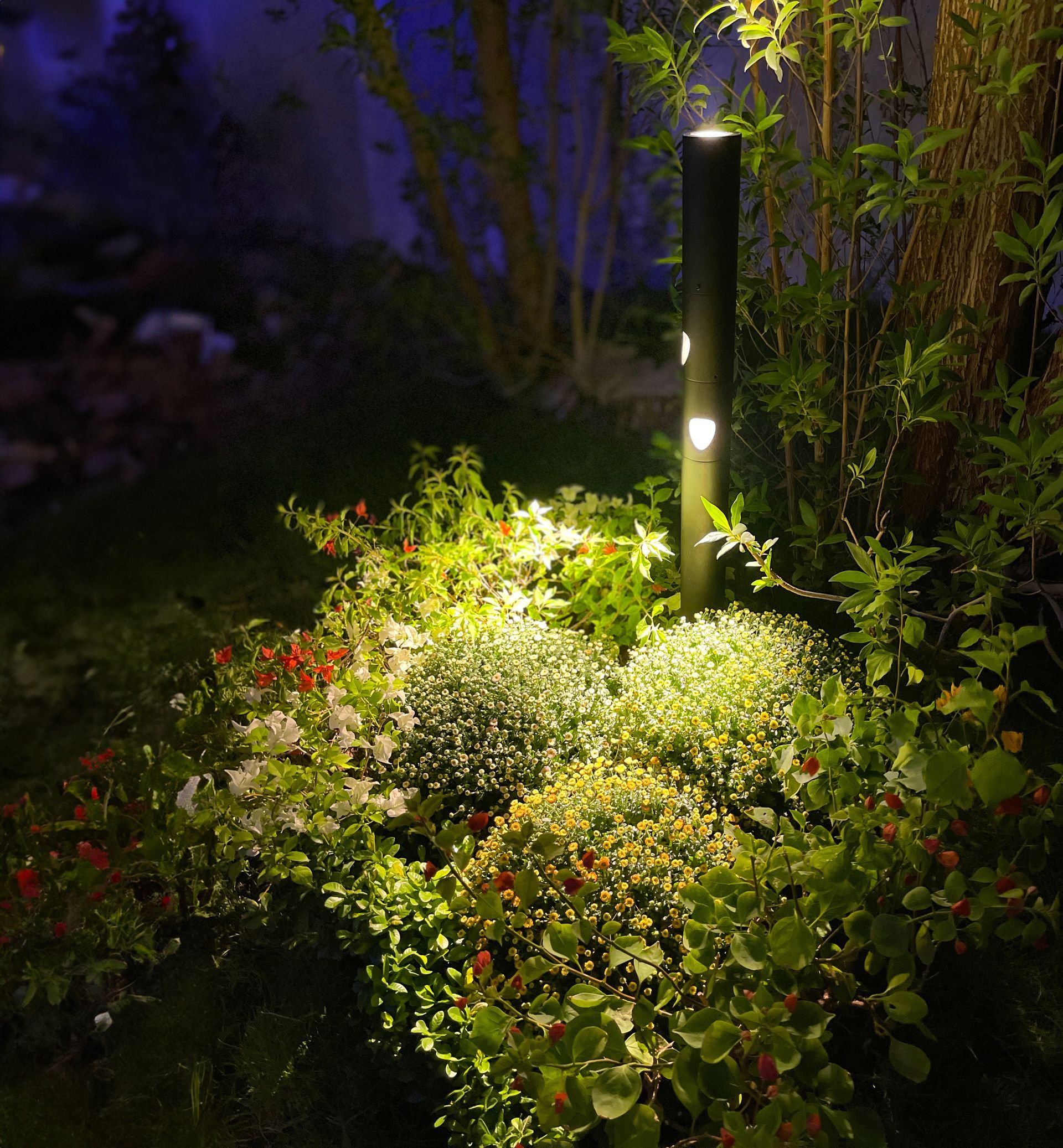
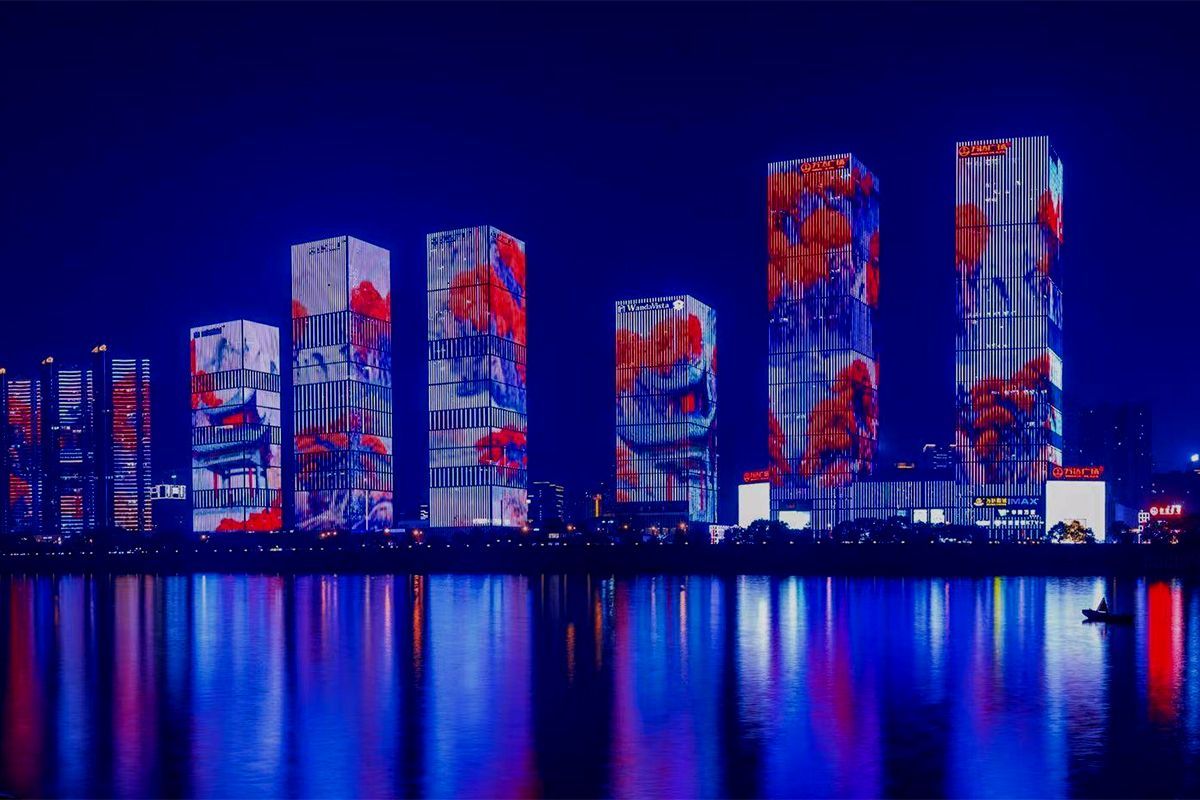
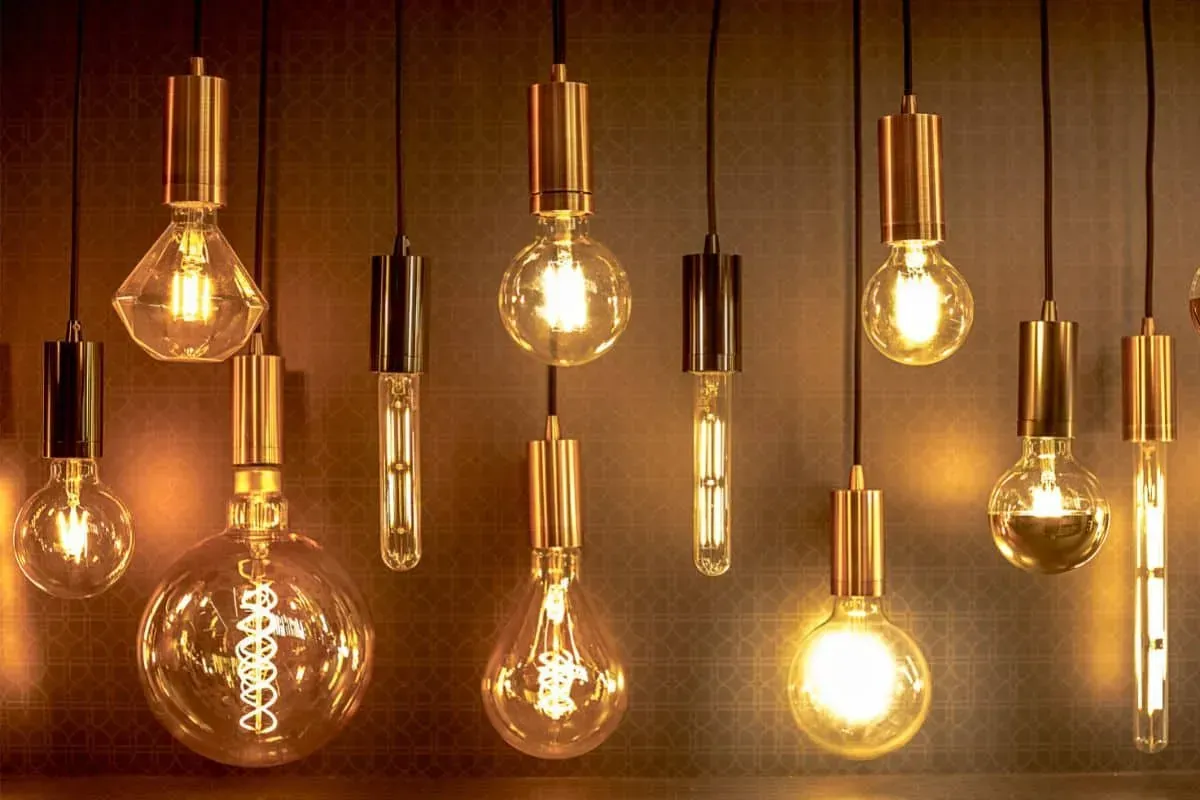
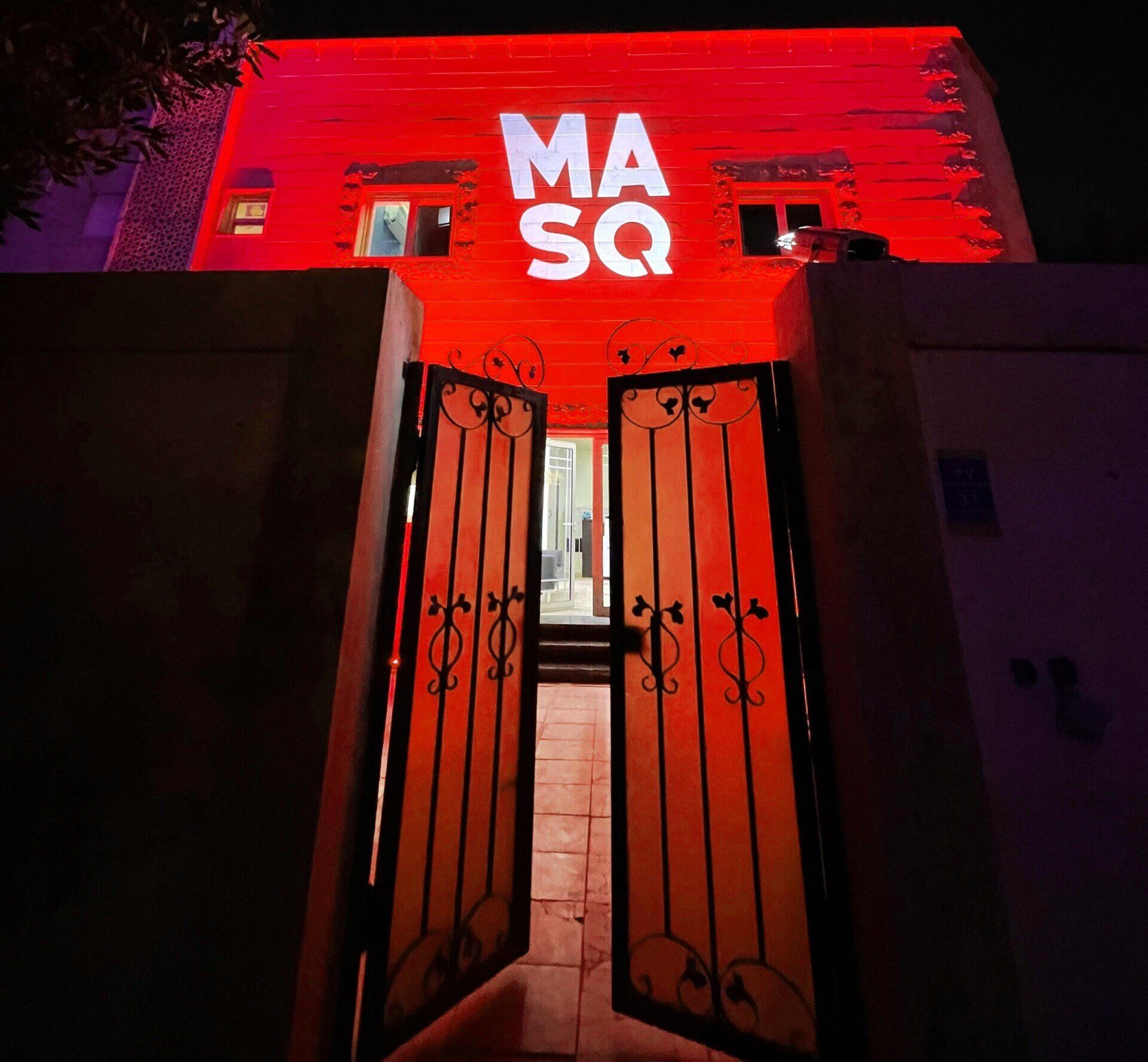
Join the Newsletter
We will get back to you as soon as possible
Please try again later
All Rights Reserved | MASQ


